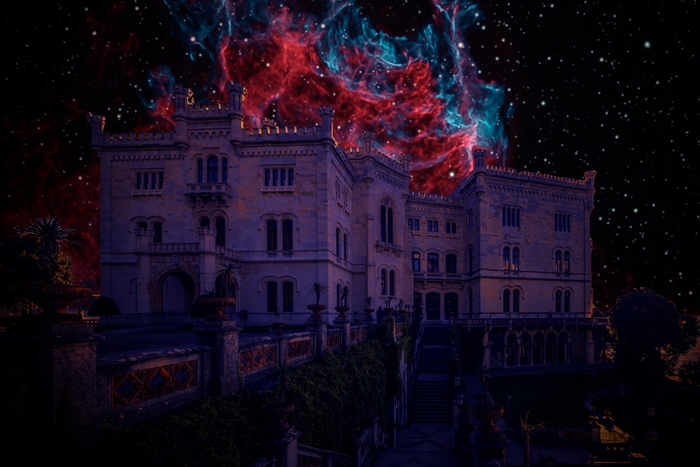August, the days of shooting stars. Maybe being able to see them given the light and satellite pollution. Giacomo Leopardi admired the sky burning the stars in the Night Song of a Wandering Shepherd of Asia, Giuseppe Ungaretti addressed the stars and their light in the poem "Stella" in the collection "Dialogue", Torquato Tasso cries with the moon in "Qual Rugiada" or Qual Pianto ”and, 700 years after his death, Dante comes out again“ to see the stars ”. The great poets have often turned to the stars by asking questions about philosophy, the nature of man and loneliness. Science fiction and fantasy literature also turns to the stars, traversing the stellar world as in Star Wars or Star Trek or imagining aliens landing on earth from the sky, as in Steven Spielberg's classic, ET
Looking at the sky, there is not only room for big questions and the show, but also to think about issues such as
satellite pollution
. "Since 2019" explains astrophysicist Roberto Trotta, curator of the LIBRA project, with the collaboration of director Gigi Funcis, "the community of professional astronomers and amateur amateur astronomers has witnessed with growing alarm the
close launch of thousands of satellites
by private companies . These satellites, in low orbit at a relatively moderate height between 350 and 500 km, are rapidly filling the night sky, creating serious problems for optical and radio astronomy. From 1957 to today (the year of the launch of the
first artificial satellite, the Soviet Sputnik
) about 6,000 artificial satellites have been launched. In just two years, SpaceX has launched over 1,800 of them. These satellites reflect sunlight, especially when launched in groups of 60, creating trains of very bright points in the sky. The risk is that, literally, there is no longer enough room for everyone in space.
The Kessler effect
thus becomes a very serious possibility: the risk that one of these satellites, due to malfunction, human error or sabotage, hits another, creating a rain of debris which in turn would destroy other satellites, and so on.
Of that sky that is now considered a
new frontier
to be conquered by satellites, what will we be able to see in 20 years? Already today we are starting to talk about satellite pollution and, according to many scholars,
we will soon see more satellites than stars
. In the next few years, their number could reach over 30,000.
The Miramare Castle in Trieste, from 8 to 12 September 2021, is transformed into the theater of videomapping scenographies with LIBRA, born from the collaboration of the astrophysicist Roberto Trotta with the director Gigi Funcis: a project that, among holograms, unpublished visual effects, artificial intelligence and actors, including the protagonist Lorenzo Acquaviva, brings together theater and astronomy, science and science fiction, philosophy and current affairs, investigations on the present and reflections on the future. With the participation of guests such as Carlo Rovelli, Piergiorgio Odifreddi, the archaeologist-astronomer Ed Krupp, Enrico Gabrielli (Afterhours, Caliber 35) and Nicola Manzan (Baustelle, Ligabue).

